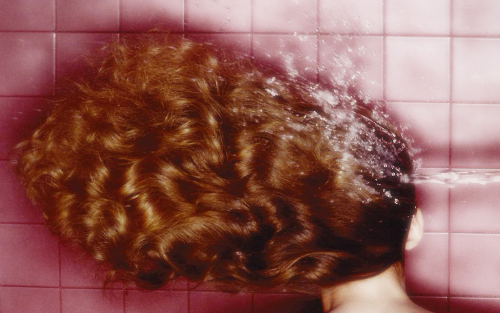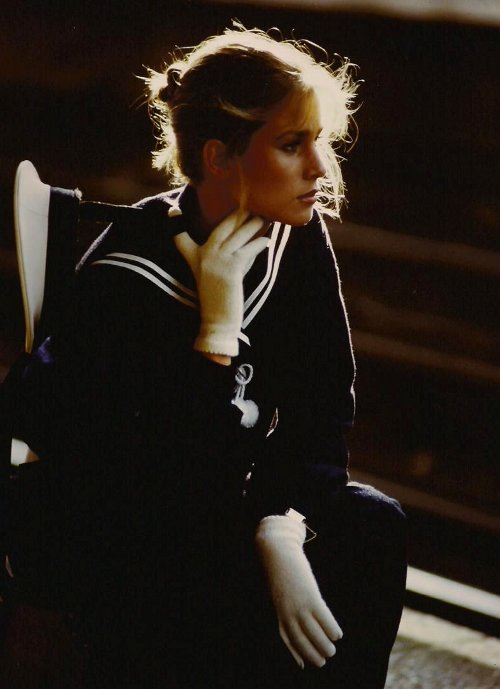Who needs heat when you can straighten hair naturally? Here are 6 ways to achieve tha… https://t.co/2XXJd4HBE8 pic.twitter.com/Pm18mqCLH8
— Les Icons Online (@LesIcons) December 1, 2015
After reading 6 ways to straighten your hair naturally by Katherine Martinko @feistyredhair on TreeHugger, I had to write this response, simply because of the missing information:
I totally agree with Katherine Martinko when she says, “…many of the tools used to straighten hair, such as heat and chemical straighteners, are really bad for your hair. Over time, they dry it out, split the ends…” For me beautiful straight hair begins, with: A good hair cut. Correctly cleansed & conditioned hair. A perfectly executed blow-dry.
Healthy Hair, hair that is in really good condition, tends to be easier to keep straight than damaged hair! Damaged ends are often slightly curly. Have a gander at: My Top Ten Hairdressing Tips.
Read Katherine’s article, then you’ll understand my response.
Straighten Hair Naturally – SlashHair’s Tips
- Brush wet hair until it dries:
After washing and conditioning your hair (see: The secret of perfect hair), give it a perfectly executed gentle blow-dry. That means take your time, small sections; point the hair-dryer down the hair shaft (from root to end); throw away that fucking heat concentrating nozzle; use a good quality hairbrush like a Denman Brush. Tip: always comb hair after washing and conditioning as brushing can rip wet tangled hair. - Wrap wet hair tightly:
Wrapping hair is not that easy, there’s a certain technique needed to get it smooth. The idea is to use ones head as one great big hair roller; the problem is: the hair needs to be re-wrapped in the opposite direction, maybe two or three times, during the drying process; otherwise the hair will be bouffant on one side and flat as a witch’s tit the other! You’ll need one or two big rollers in the crown. Tip: don’t secure the wrap with bobby pins, it will cause marks, use a triangular hair net instead. - Set your hair in large hair rollers:
Depending on your hair length, I’d recommend 76mm (3″) hair Rollers. Katherine is absolutely right, your hair must be completely dry before you remove the rollers (BTW, it’s the same when wrapping your hair. And it could take 12 hours to air dry depending on thickness). Tip: use a combination of blow-dry mousse and a few drops of Argon Oil as a setting aid; after removing rollers brush your hair well in all directions and conclude by giving your hair a light, warm blow-dry (same when wrapping). - Use overnight hair hands:
Don’t do what Katherine suggests, in the end it’ll damage your hair because even non-metal hair elastics exert a stress! It would be better for your hair to have one thick low plait (braid) fastened with a soft ribbon at the end. Obviously, your hair will not end up being straight, it’ll be wavy. Tip: use a few drops of Argon Oil to keep fluffy ends under control before plaiting. - Twist hair into a bun:
Steer clear of this because in the end it won’t work. Not only that, but it may actually damage your hair due to extra stress caused by the hair elastic! Straightening the hair with a ‘twisted’ chignon takes quite a lot of skill. Very difficult to do on ones own hair, challenging for a hairdresser. Requires the use of a hair product. Tip: the continual use of hair clips, pins, elastics and ribbons (regular point of contact) is bad for your hair. - Make a natural straightening mask:
Sorry, but a natural straightening mask is absolutely, totally Bollocks. It’s a con. It will not work. Save the milk and honey for your bedtime drink. As I said at the start, keeping your hair in good condition is a prerequisite to good looking hair. Tip: How To Get Super Shiny Hair.
Maybe it sounds like I didn’t like Katherine Martinko’s article, that’s not true! Actually I liked Katherine’s article, straighten hair naturally, I just wanted to clear up what I thought were a few caveats.


